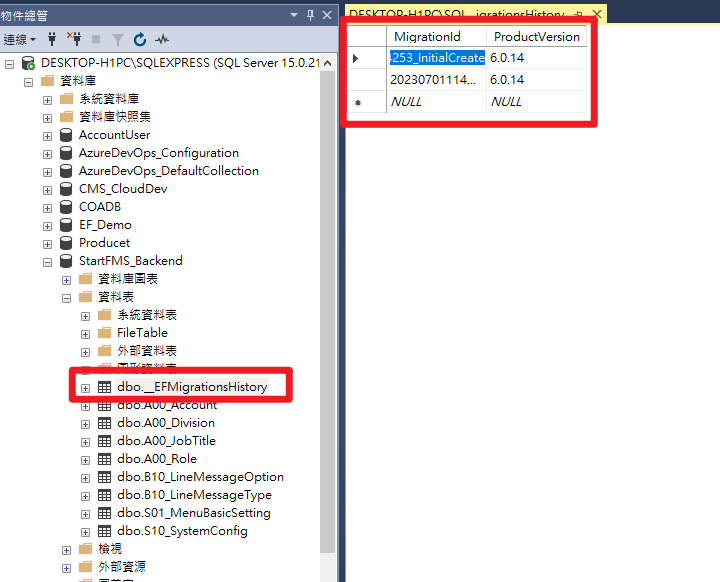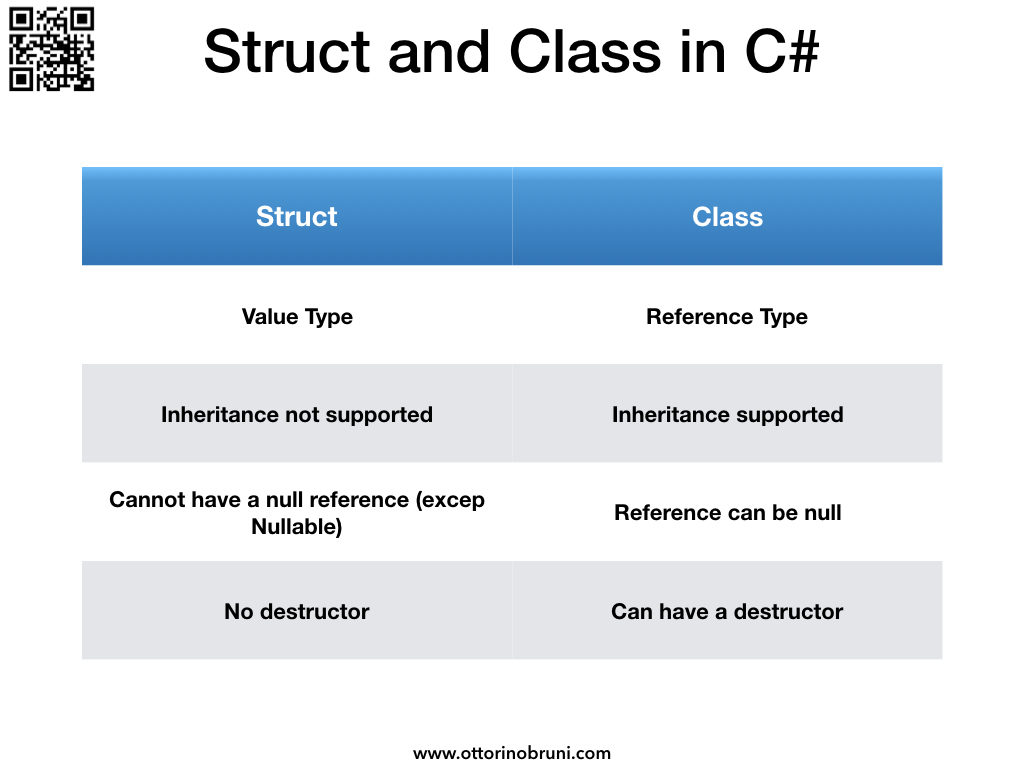前言
最近需要放送心情,將這個主題延後兩三個月才公布。EF 已經在業界當中不可或缺的一個技術,這次就來介紹如何使用EF自動創建資料庫。
EF 創建資料庫方法
一、EnsureCreated
這個方法是在EF Core 1.0版本中新增的,這個方法會檢查資料庫是否存在,如果不存在就會建立資料庫,但是這個方法只會建立資料庫,不會建立資料表,所以這個方法只適合在開發階段使用。
EnsureCreated() 創建是空白資料表。因此,需要使用還是要有個地方站存資料,例如 : excel 、access 、json等。
規則 :
- 如果資料庫不存在,就會建立資料庫、資料表。
- 如果資料庫存在,就不會做任何事情。
- 如果資料庫存在且資料表不存在,就不會建立資料表。
介於這個方法特性,可以知道他不具有更新資料表的能力,通常會與Migrations使用或是自動測試之類。
1 | using (var context = new BloggingContext()) |
二、Migrations
可以利用Migrations檔案達到版控的效果,裡面還提供版本號讓後續維護更有彈性。
2-1 前置作業
安裝套件
1
2dotnet add package Microsoft.EntityFrameworkCore.Design
dotnet add package Microsoft.EntityFrameworkCore.Tools新增資料庫連線字串
1
2
3"ConnectionStrings": {
"Dev": "Data Source=***;Initial Catalog=***;Persist Security Info=True;User ID=***;Password=***"
}建立資料庫連線
1
2
3
4
5
6
7
8
9
10
11public class Comm
{
public string ConnectionString(string Connect)
{
IConfiguration config = new ConfigurationBuilder()
.SetBasePath(Directory.GetCurrentDirectory())
.AddJsonFile("appsettings.json", optional: true, reloadOnChange: true)
.Build();
return config.GetConnectionString(Connect);
}
}建立資料庫連線
1
2
3
4
5
6
7
8
9
10public class BloggingContext : DbContext
{
public DbSet<Blog> Blogs { get; set; }
public DbSet<Post> Posts { get; set; }
protected override void OnConfiguring(DbContextOptionsBuilder optionsBuilder)
{
optionsBuilder.UseSqlServer(new Comm().ConnectionString("Dev"));
}
}建立資料表
1
2
3
4
5
6
7
8
9
10
11
12
13
14
15
16
17public class Blog
{
public int BlogId { get; set; }
public string Url { get; set; }
public List<Post> Posts { get; set; }
}
public class Post
{
public int PostId { get; set; }
public string Title { get; set; }
public string Content { get; set; }
public int BlogId { get; set; }
public Blog Blog { get; set; }
}
2-2 使用方式
- 建立 Migrations
利用dotnet ef migrations add InitialCreate指令,會在專案中建立一個 Migrations 資料夾,裡面會有一個檔案,檔案名稱是我們指定的名稱,這個檔案就是我們的 Migrations 檔案,裡面會有一些我們的資料表建立的指令。
1 | dotnet ef migrations add InitialCreate |
如果資料表有異動可以利用 dotnet ef migrations add InitialCreate 指令,他會將異動的資料表建立的指令,寫入到 Migrations 檔案中。
注意 : 如果 Create 多張表而產生的 migrations ,當異動想還原必須要把之前的 table 異動修至上一個版本。
- 更新資料庫
假設我們有多個 Migrations 檔案,我們可以使用dotnet ef database update指令,會依照我們的 Migrations 檔案順序,依序執行資料表建立的指令。
1 | dotnet ef database update |
2-3 程式碼使用方式
這個作法如同上面的使用方式 dotnet ef database update ,只是將指令改成程式碼而已。需要事先加入 migrations 檔案。
1 | using (var context = new BloggingContext()) |
本部落格所有文章除特別聲明外,均採用 CC BY-NC-SA 4.0 許可協議。轉載請註明來自 John Conte!
評論
DisqusGitalk






![[Github Pages] 如何建立多個專案網站](/image/20250315_20-53-42.png)


![[Benchmarks] Database Connect 效能差異](/image/20250318_23-37-06.png)